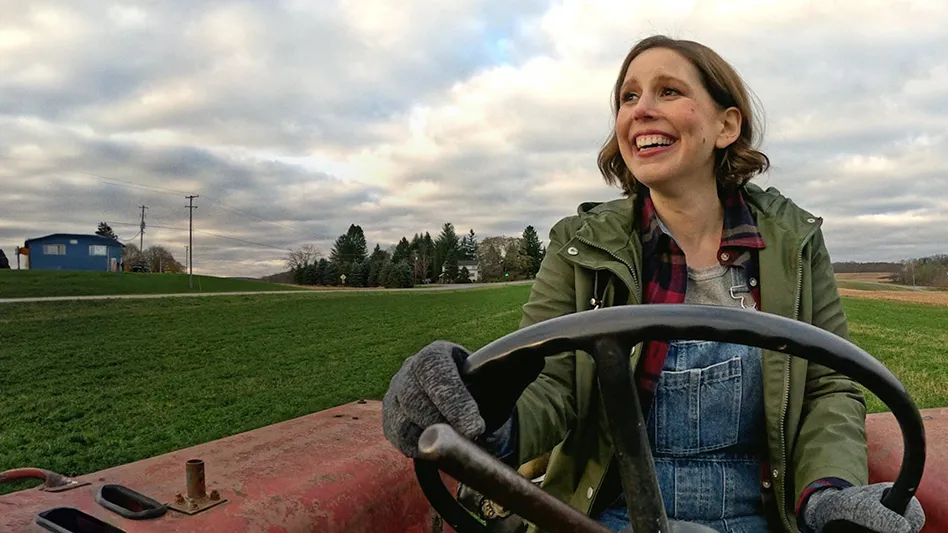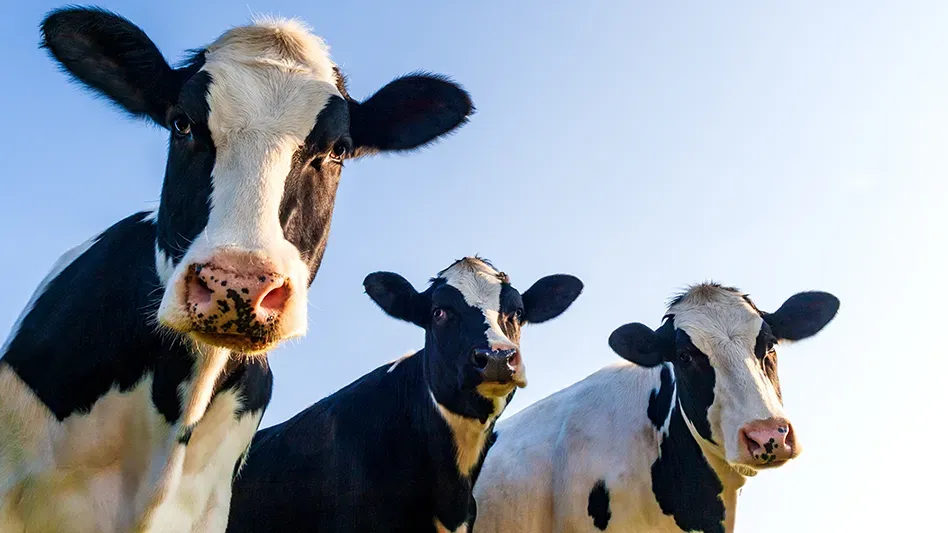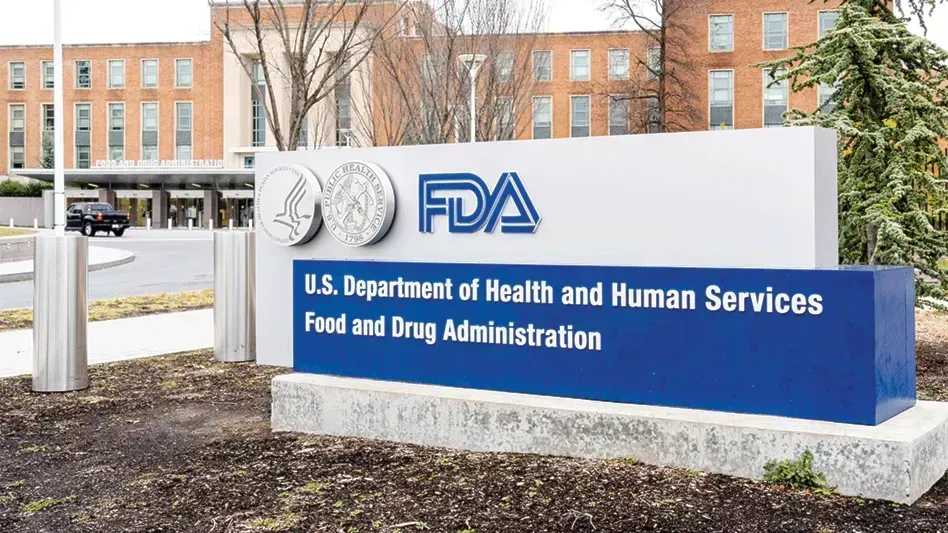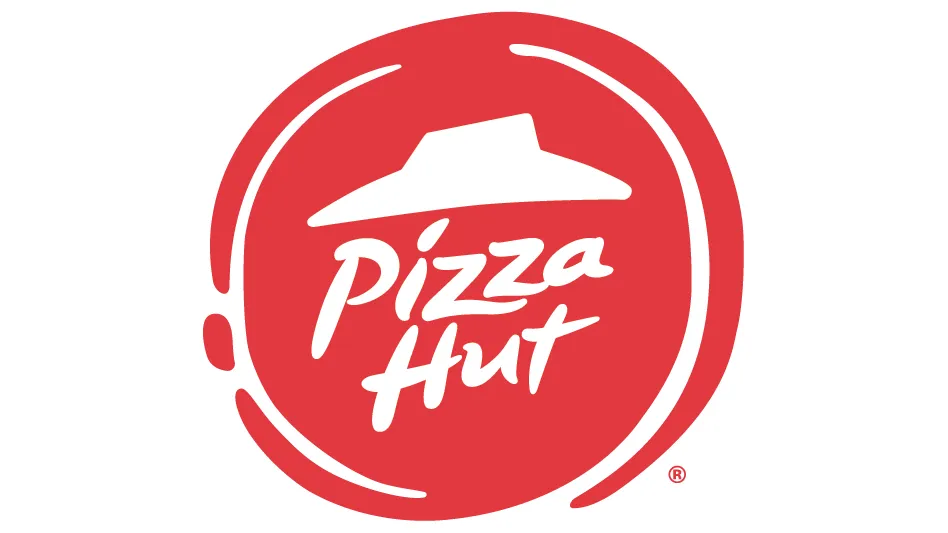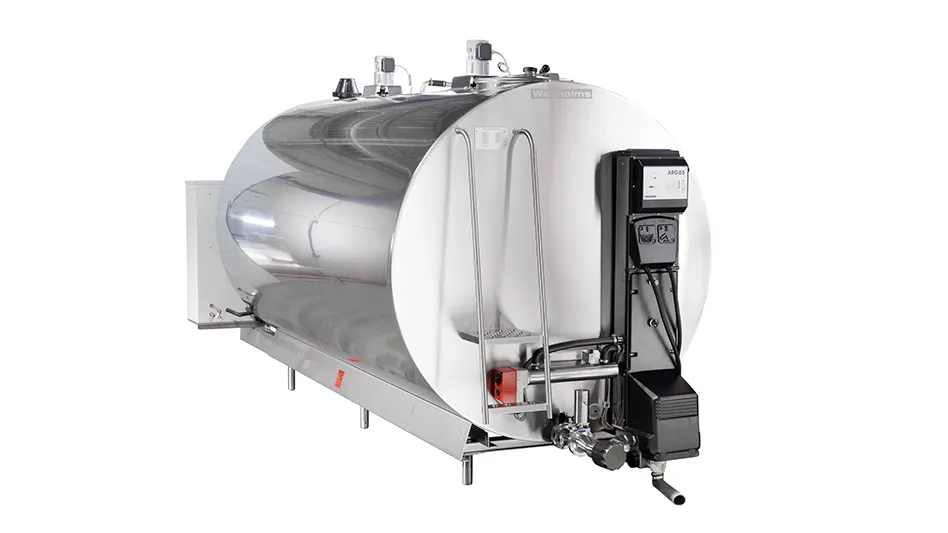
By Earl Arnold
There are many decisions to be made before you begin developing a food defense plan for your facility:
- What are you trying to protect?
- What type of threats do you face?
- How do you build a strong food defense team?
- What type of training is needed?
- Where do you start?
As you build a strong food defense team, you’ll be able to answer these questions and more.
But, before you can begin to build a strong team you will need to determine what you will protect at your facility. Things to consider in this decision include the type of food defense plan you will build. If your facility is required to register with FDA and you manufacture, process, pack, or hold food that will be consumed in the United States, you might be required to comply with 21 Code of Federal Regulation 121 Mitigation Strategies To Protect Food Against Intentional Adulteration.
This regulation is the first of its kind. It was created by FDA as part of the Food Safety Modernization Act (FSMA). There are compliance exemptions to this regulation, so be sure you understand whether or not the requirements apply to your operation.
This new regulation requires you to have a qualified individual that is trained in how to conduct a vulnerability assessment, which is similar to the type of assessment conducted for HACCP. You are required to assess biological, chemical, physical, and radiological contaminants for each ingredient or raw material and processing step.
You also must consider and evaluate three elements when conducting your assessment:
- The potential public health impact (e.g., severity and scale) if a contaminant were added.
- The degree of physical access to the product.
- The ability of an attacker to successfully contaminate the product.
Finally, if you are conducting a vulnerability assessment according to this new regulation you need to consider if intentional adulteration could be carried out by someone welcomed into the facility. If you are required to comply with the FSMA regulation for food defense, there are several more requirements you must follow, but this article’s focus is on building a strong food defense team.
SETTING THE PLAN. The new regulation does not require you to include programs that cover workplace violence, asset protection, or brand protection. However, you can include these important items in this food defense plan or in other SOPs or policies. Again, you must decide what is important to protect your facility and include in your plan.
If your facility is not required to comply with the FDA regulation you still might be required to have some type of program in place. If you follow a Global Food Safety Initiative (GFSI) certification audit, you are required to have some type of food defense plan. If your facility is located in a country outside the U.S., you might be required to follow a regulatory rule from that country. Or you may want to establish a voluntary program to protect your facility and assets from intentional harm.
Once you’ve identified what you’re trying to protect, you need to identify the potential threats and aggressors that you need to be concerned about. There are many different ways to accomplish this. The best recommendation is to invite local law enforcement into your facility for a tour. They will become familiar with your facility in case they need to assist in a future emergency situation, and will be able to make informed decisions because they know your facility layout. While they tour, ask them about potential threats in the area, like break-ins, vandalism, protesters, and other acts of violence.
Another resource you can use to assess potential threats is the internet. There are great websites that provide information such as crime statistics in an area, the types of crimes committed, and how close these types of activities were to your facility.
A few of these websites are: city-data.com, crimereports.com, and Neighborhoodscout.com. Other websites that can help build a great food defense plan and offer information about intentional adulteration and other threats include: foodshield.org, fda.gov/food/fooddefense, and http://foodfraud.msu.edu/2014/05/08/gfsi-direction-on-food-fraud-and-vulnerability-assessment-vaccp. These online resources can help you determine potential threats and aggressors.
SELECTING THE TEAM. The next thing to determine is who to select as food defense team members. This is probably one of the most important decisions you will make in regards to your food defense program. You want the team to be multi-disciplined and have personnel representing different departments, because the team will review SOPs and policies to ensure they are sound in preventing intentional adulteration and protecting employees, assets, and your brand. For example:
- Does your visitor policy ensure all visitors understand your basic food defense program?
- Does it allow visitors to go alone throughout the facility?
- Do visitors understand the importance of signing in and out of the facility?
This is just one policy or procedure that needs to be reviewed. How many others are in your facility? Can you do this alone or is a team approach better?
The team also will complete the vulnerability assessment. Again, having a fully functioning, multi-disciplined team is beneficial. The qualified individual or food defense coordinator is required to conduct or oversee the development of the vulnerability assessment. Depending on your current role in the facility, you will be able to fully examine facility operations when conducting the vulnerability assessment.
However, if you are the quality manager, you might not understand the true vulnerabilities associated with maintenance issues or procedures that could allow intentional adulteration to occur or if some type of vulnerability exists. So having a team comprised of different departments of the facility ensures that your assessment looks at all areas and procedures inside the facility.

TRAINING IS KEY. Once the vulnerability assessment is complete and controls or mitigation strategies to reduce or prevent the vulnerability are established, employees need to be trained. All employees, visitors, and contractors should know the basics of the food defense program.
BUILDING THE TEAM. Now let’s take a closer look at potential team members, important traits they can offer, and benefits of including them. It’s important to understand these are just potential team members, not an all-inclusive team makeup.
- Team Leader. The first member to select is the team leader. This individual will be ultimately responsible for managing your food defense plan. If you are required to comply with regulatory requirements this person may require special training. Even if you are not required to comply with regulatory requirements, it’s still a best practice to get additional training for this individual as he or she will lead this program. This individual should have management or leadership skills as he/she will be giving tasks and managing the entire process and team. Additionally, other responsibilities should be limited so they do not take away from the time spent on this program.
- Facility Manager. The next team member to consider including is the facility manager. This individual is beneficial because he or she will show all employees the importance of this program by being involved on the team. He/she can provide the financial and operational support required to implement control measures, such as adding or changing equipment to reduce identified vulnerabilities, or adding tasks to processes or procedures to reduce identified vulnerabilities. If the facility manager is not on board with recommendations, procedure changes or funds might not be available.
- Human Resources Manager. Another good addition to the team is the human resources manager. Usually, this department already conducts one of the most important functions related to the food defense program, which is employee background checks. It also acts as the primary enforcer for all company policy and procedure issues, as well as disciplinary actions. So the manager of this department can assist in identifying potential disgruntled employees, or notify the team of potential issues. This individual would be very beneficial in reviewing policies and training new employees in food defense procedures.
- Production Manager. The production manager is another individual to consider adding to the team to communicate the importance of the food defense program to employees. This person will be beneficial in conducting the vulnerability assessment to identify vulnerabilities and establish reasonable controls, and will help ensure the food defense plan is followed by all employees and educate team members in the production process.
- Quality Manager. The quality manager is another individual to consider adding to the team since this person is usually required to conduct or monitor all tests conducted on ingredients and finished products and monitor or conduct tests on equipment and the environment. Additionally, this manager monitors and conducts investigations on all customer complaints. Having a quality manager on the team will assist in ensuring all test results and customer complaints that reflect potential intentional adulteration activities are communicated and explored by the food defense team. And the relationships already established with outside laboratories, that might be needed if testing is required to rule out intentional contamination, will be of benefit.
- Maintenance Manager. The maintenance manager is another individual to add to the team. No one knows the equipment and maintenance requirements better than the maintenance group. They can assist in identifying potential vulnerabilities with equipment that might be otherwise overlooked. Additionally, They usually are responsible for managing contractors that are required to work inside the facility and can assist in reviewing policies and developing controls for identified vulnerabilities with contractors.
- IT Manager. The IT manager is another person to consider adding to the team. In today’s manufacturing environment, computer programs are key to running an efficient system: automation software for ejecting potential finished product that contains metal; servers that house all production documents to manage traceability of ingredients and packaging; and websites, emails, and databases that hold vital information on the manufacturing process or customer communications. Protecting these programs and equipment is as important as preventing intentional adulteration. The IT manager is key in identifying potential vulnerabilities related to these systems and programs.
- Senior Frontline Employee. A trusted senior frontline employee should be considered as a member of the team. He/she can identify employee habits that could lead to potential vulnerabilities. For example, all employees on third shift turn off the alarm for the back door to make it easier to go to the smoking area even though the policy says all doors must remain locked and alarmed at all times. It might even be beneficial to have members of the union on the team, if your facility has one, to assist in training individuals about why certain measures are required.
- Legal Advisor. A legal advisor is also another person to consider adding to the team. This individual can let you know if the process or procedural changes can be made and will not result in breaking the law. For example, maybe you and your food defense team are considering requiring all bags being brought into the facility to be searched. Is it legal? Can you do it? The legal advisor would be able to find out and let you know.
- Security Manager. The security manager is a great additional team member to consider. Since this person is responsible for managing security at the facility, he/she can assist in reviewing policies and procedures related to parking, entrances, and weapons policies. Additionally, security can inform the team in trending information of security violations and other issues.
As I mentioned earlier, these individuals do not make up an all-inclusive list. They are just recommendations on who you might want to include on the food defense team and some of the benefits each individual can bring to the team.
The key thing is to choose the right individuals for the right program based on what you are protecting and what type of threats exist. Additionally, consider the type of vulnerability assessment.
- Are you required to comply with regulations?
- Do you comply with a Global Food Safety Initiative audit?
- What are those requirements?
Knowing these things in advance will help you comprise a strong food defense team.
TRAINING. The last thing to address when forming the team is training. What type of training is required to be a team member? This will depend on a few factors. Questions to consider include: What type of program are you building? Are you required to comply with regulatory rules? GFSI initiatives? Best practices?
Each of these types of programs will require different training. For example, if you are required to comply with the FDA regulation 21 CFR 121 Mitigation Strategies to Protect Food Against Intentional Adulteration, the training requirements are quite clear: You are required to have a qualified individual responsible for developing or overseeing the vulnerability assessment. And any individual who has a responsibility for the food defense plan must be qualified to fulfill that role. Meaning that team members need to be trained.
Those responsible for monitoring a control must be trained to do so. Those required to verify control measures must be trained on how to verify. This same concept should be used for GFSI, or best practice food defense programs.
SUMMARY. To build a strong food defense team you need to make a few decisions. What do you need to protect? What type of threats does your facility face? Answering these questions will allow you to determine who to include on the food defense team. You can then select your food defense team by choosing individuals you trust and who can provide additional tools and resources to benefit the program. Then you need to identify the correct education and training for all team members to make it as strong as possible.
The author is Earl Arnold, Global Manager, QA Food Defense and FSMA, AIB International.

Explore the February 2017 Issue
Check out more from this issue and find you next story to read.
Latest from Quality Assurance & Food Safety
- Food Safety Summit Keynote Focuses on Food Safety Leadership
- FDA Publishes Landmark Final Rule to Enhance the Safety of Agricultural Water
- The Wendy's Company Reports 2023 Corporate Responsibility Progress
- Local Bounti Opens New Controlled Environment Agriculture Facility
- Tröegs Partners with Patagonia Provisions to Introduce Kernza Lager
- Neogen Launches New Molecular Method for Detection of Two Salmonella Serotypes
- Standard Meat Company Appoints Keith Blanks as Chief Commercial Officer
- USDA Finalizes Policy to Protect Consumers from Salmonella in Raw Breaded Stuffed Chicken Products
